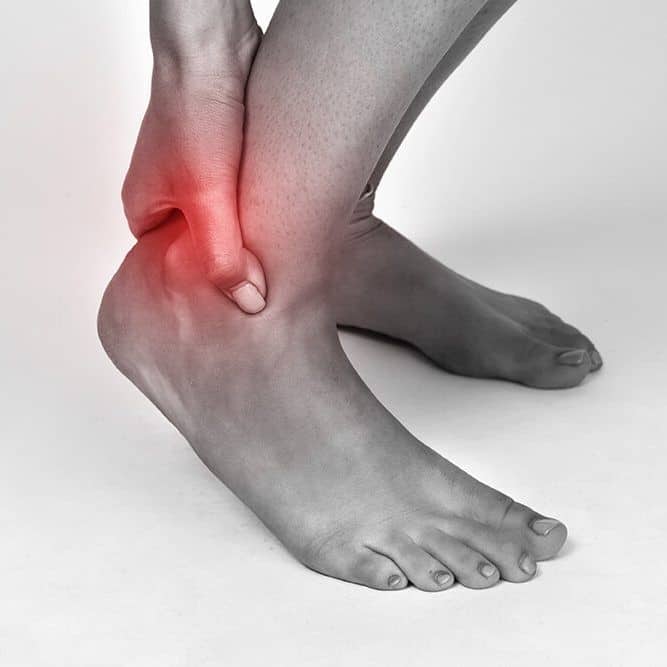Achilles Tendon Pain
Achilles Tendinopathy is a term that encompasses any problem with the Achilles Tendon, this can mean inflammation (Tendinitis) or degeneration (Tendinosis).
The main symptoms of achilles tendinopathy are increasing pain and stiffness, usually at the back of your ankle. You may also notice some swelling.
Put simply the body is constantly being strained/degenerated with activity and repaired during rest, if you tip the rate of wear to be faster than repair the tissue degenerates until the point it produces symptoms. A little wake up call, will normally allow a reduction in activity and gradual re-introduction and you recover well. However if you rest the tissue (tendon and muscle) degenerates/wastes because of disuse. Sometimes gradual re-introduction alone does not work and we need to use load/training to make the tissue adapt, a bit like a weight trainer making the muscles bigger, although in this case we want to affect the muscle and tendon.

